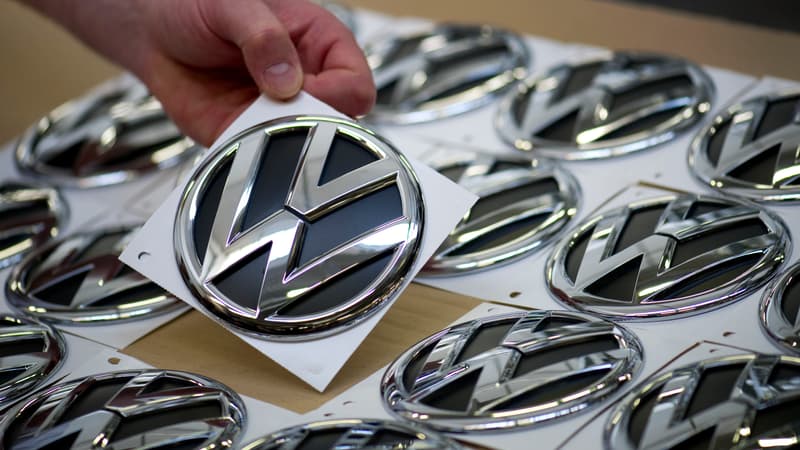An ID.4 whose charging planning system is problematic, an ID.3 whose launch was postponed due to bugs, Volkswagen’s turn to become a software giant looks like a road full of pitfalls. A path that, among other things, led to the departure last summer of Herbert Diess, former head of the group. And it obviously leads to a review of the German giant’s software strategy.
Is the release of the next software platform postponed?
Since his arrival in September at the helm of the Volkswagen empire, the new chairman of the board of directors of VW AG AG, Oliver Blume, has made his mark and seems less in a hurry than his predecessor to compete with the American Tesla in the race for software integration. the grail cars of the future. Even if the software is still a new essential element of the car in the 21st century.
This Tuesday, Oliver Blume acknowledged during a round table with journalists that Volkswagen was going to have to refocus the different generations of software on “what has already been done”, seeming to half confirm the postponement of a new centralized software platform promised to 2026. .
This postponement has been mentioned in the specialized press for several weeks. The head of the first European manufacturer could give more details about his strategy during the meetings scheduled for Thursday and Friday within the group. Earlier this month, Volkswagen questioned its plan to build a new factory dedicated to electric vehicles in the group’s industrial cradle of Wolfsburg (north), initially preferring to modernize the existing site.
“A change of strategy”
“Since Blume’s arrival, the myths about the tenure of his predecessor Herbert Diess have been dispelled,” says the business daily Handelsblatt. Under the leadership of Herbert Diess, Volkswagen was the first traditional manufacturer to want to imitate the innovative choices of Tesla, which opted for a centralized electronic architecture for its vehicles, instead of a multitude of software – to turn on the headlights, connection to the cloud , air conditioning, GPS, etc. – do not communicate with each other. But flaws in the first software on board the electric Golf 8, ID 3 and 4 models, which led to car recalls, were one of the reasons for the Austrian boss’s dismissal this summer.
The acquisition of Oliver Blume marks a “real change in strategy,” automotive analyst Jürgen Pieper told AFP.
He points out the “mistake” of the group in thinking that they could develop, alone and so quickly, such a complex system, “while car manufacturers are not computer developers,” he explains.
“They will need partners among the suppliers of the automotive industry,” he argues.
Output of a finished and safe product
The probable postponement of the new embedded software and the questioning of the new Wolsburg plant, a two billion euro project, are linked: the site was to produce the new Trinity model, beloved by Herbert Diess, an electric sedan that runs on the new software platform. , with ultra-fast charging speed and fully automated driving (so-called level 4).
If Volkswagen chooses to extend the current mid-level software and delays the Trinity project, the construction of a new production site no longer appears to be an emergency. The group would have underestimated the “complexity” of formulating a single software that operates at the heart of its various brands, which range from consumer vehicles to high-end cars from Porsche or Audi, according to experts.
In addition, the development costs, entrusted to Cariad, VW’s software subsidiary, would exceed forecasts, according to several industry experts, who put them at several billion euros.
The challenge of the proprietary software system
“It would appear that Oliver Blume is not satisfied with releasing software that already has problems, and is instead determined to release a finished product when it is more secure,” said Matthias Schmidt, an analyst at AutomotiveResearch.
“It could cause market losses in the short term, but Blume is probably more concerned about the long term,” he adds.
The European leader does not give up its desire to develop its own software and should postpone its entry into service until the end of the decade, reports Jürgen Pieper.
The profits from software, once created alone, are juicy: collecting traffic data and reselling the technology to OEMs can justify entering the race. Building your own software system becomes a matter of independence from tech giants like Microsoft or Apple. But the deans of the auto industry, the European manufacturers, “have the most to lose” by developing this extremely expensive and risky technology, warns Matthias Schmidt.
Source: BFM TV


